Please excuse me if I do not respond to your questions. I am old, but new to this kind of communication.
I was looking at a number of posts regarding poor performance regarding the Hampton HI300 insert.
To JohnnyI (or i?), I knew immediately that your chimney had a draft problem as soon as I read your post. Then I was pleased to see that someone didn't rip you off just to correct your chimney cap/flue height issue.
I sold wood and coal fired products and S.S. chimneys for many years to wholesalers all along the east coast.
I have heated 100% with wood for the past thirty years. I NEVER have to clean my chimneys! Every time I see someone say that they are burning "Seasoned" wood, I get a bad feeling. "Seasoned Wood" is the biggest scam you will ever find if you want to heat with wood.
The ONLY thing that is important is to have DRY wood.
Fire wood stacked between trees in your back yard, or stacked in your garage for a month or so IS NOT DRY!!
Firewood takes at LEAST 12 months under cover, ( no, not in your garage ) with free ventilation on at least three sides, with NO WIND DRIVEN RAIN, and then it may only be down to 20% moisture content. That is about the best you can expect without a kiln.
Find someone (flooring installer etc.) that has a "Radio Frequency" moisture tester. Split a piece of your wood and check to see the ACTUAL moisture content. 90% of the time, I can show you that your "Seasoned" wood has a moisture content of 50 to 80%.
Don't believe me?? Hey, how come you aren't getting meaningful heat, and you have chimney problems ( which you may not even realize).
Firewood sellers will sell you "seasoned" wood, but that has absolutely nothing to do with the moisture content OF the wood. "Seasoned" wood simply means that the tree has been cut down for 6 months or more, (if you can even believe that). It IS NOT dry, even if it "feels" dry to the touch.
Let's just say that your wood has a moisture content of 60%. ( That is typical of "Seasoned" wood )
If you put 100 lbs. of that wet wood in your wheelbarrow, you would only have 40lbs. of wood to put in your stove, and 60lbs. OF WATER!!!!
Now, let's take that water out of the wood and put it in a bucket. Water weighs 8lbs. per gallon.
You now have 7.5 gallons of water in the bucket.
Get your HI300 fired up and establish a good bed of coals. (notice how damn hot that baby is now??) Ok, now get a big, old fashioned soup ladle, dip it into the bucket and then toss it into the stove. Is it still kick'n a_ _? Nope. Now, every time the stove catches it's breath, (gets really hot), toss in another dipper of water. See where this is going??
When you have to heat wood to boil out the water, you are losing massive amounts of heat. As the moisture rises up the flue, it cools slightly and forms condensation on the chimney flue, thus the shiny black "creosote" you see in chimney, as well as in the stove. Creosote can build up to the point that it blocks your chimney, and BURN YOUR HOUSE DOWN!!!!! Even if it just cracks your masonry chimney, ( they are NOT approved for "Airtight" woodstoves so your insurance may not cover your loss if you live through it ), now you have to repair/replace your chimney.
I would bet a very nice dinner that over 90% of the wood burners simply are burning wood with elevated moisture levels.
Not only that, if you are burning wood in order to dry out wood to make it burn, you are losing all of that heat energy!!
You will get more heat, and burn less wood if your wood is DRY!! That's my story and I'm stick'n to it!! Doubters?? Come see me and I will prove it to you.
Jimnewc
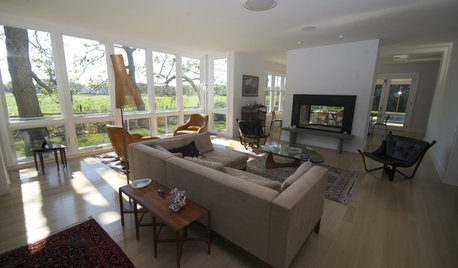
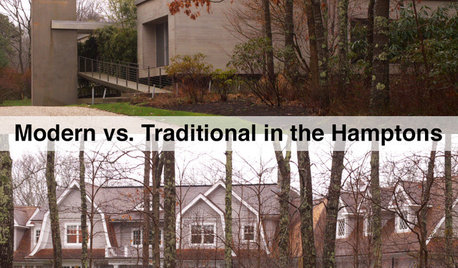


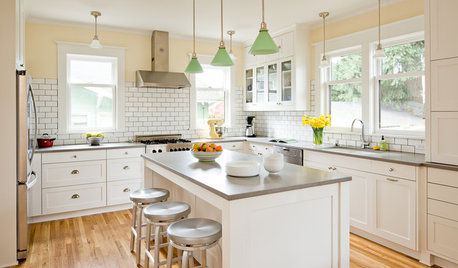
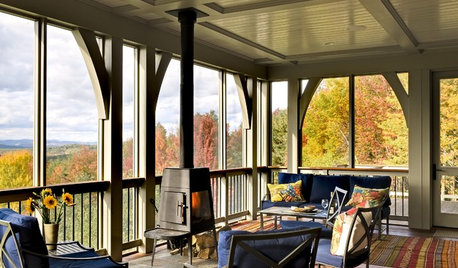
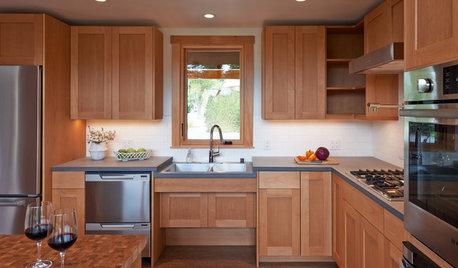

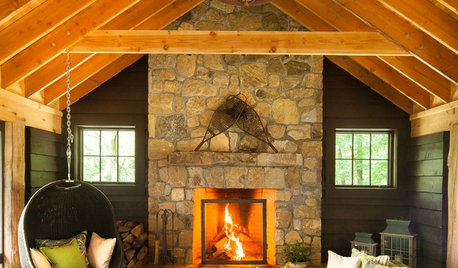







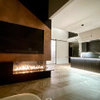

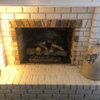
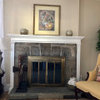
christopherh
Related Professionals
Tooele Fireplaces · University Park Fireplaces · Ashwaubenon Interior Designers & Decorators · Cusseta Interior Designers & Decorators · Gainesville General Contractors · Marinette General Contractors · Murrysville General Contractors · Oxon Hill General Contractors · Palatine General Contractors · Plano General Contractors · Tabernacle General Contractors · University Heights General Contractors · Waipahu General Contractors · Beech Grove Lighting · Camp Springs Lighting